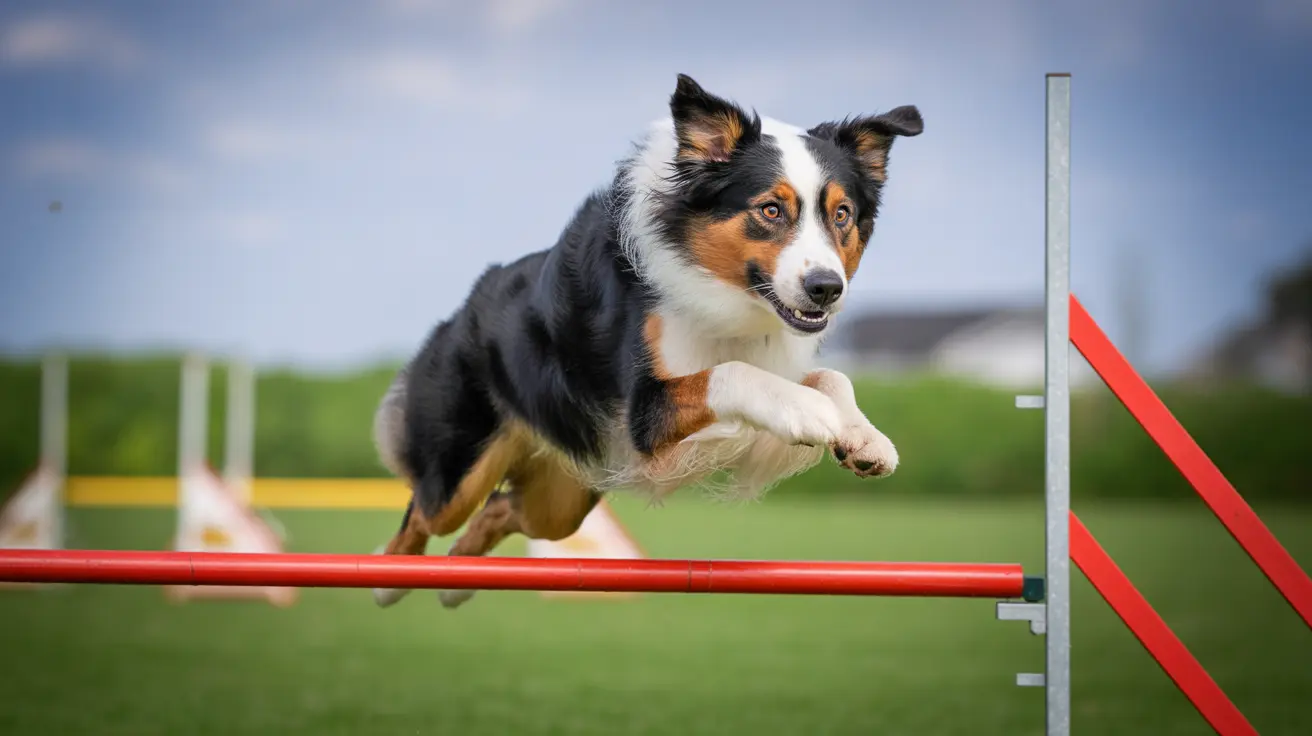How to Test for Dysautonomia in Dogs: A Comprehensive Guide
Canine dysautonomia is a rare, progressive, and often fatal neurological condition affecting the autonomic nervous system (ANS). The ANS controls vital involuntary functions such as digestion, heart rate, pupil response, tear production, and bladder function. Diagnosing this complex disorder requires a multifaceted approach involving clinical observation, diagnostic imaging, and pharmacological testing.
Understanding the Disease
Canine dysautonomia has no known definitive cause, but environmental factors including rural living and exposure to organic matter are considered risk enhancers. The disease is more prevalent in areas like Missouri and Kansas, especially in young dogs living outdoors.
Key Clinical Signs
Dysautonomia presents with several neurological and systemic symptoms due to the breakdown of involuntary body function control. Common signs include:
- Vomiting or regurgitation and diarrhea
- Loss of appetite and dramatic weight loss
- Lethargy and depression
- Mydriasis (dilated pupils unresponsive to light)
- Third eyelid protrusion
- Dry eye and decreased tear production
- Difficulty urinating and bowel incontinence
- Slow heart rate and muscle degeneration
- Digestive paralysis leading to constipation or megaesophagus
- Difficulty swallowing and respiratory distress
These symptoms tend to develop rapidly and worsen quickly, necessitating prompt evaluation.
Steps in Diagnosing Dysautonomia
- Medical History and Risk Assessment: Veterinarians first assess a dog’s background including environmental exposure and regional prevalence.
- Physical Examination: A thorough physical check evaluates pupil reactions, reflexes, mucous membrane moisture, pulse, and body temperature.
- Autonomic Function Testing: Hallmarks include unresponsive pupils, low tear production, abnormal heart rate, and decreased anal tone.
- Ophthalmic Tests: Schirmer tear testing often reveals low readings (< 5 mm/min), and dilute pilocarpine eye drops (0.05–0.1%) can cause pupil constriction within 45–60 minutes in affected dogs.
- Imaging and Laboratory Diagnostics: Radiographs or ultrasound may show bladder distention, iliac dysfunction, or megaesophagus. Routine bloodwork is often unremarkable, despite significant symptoms.
- Advanced Imaging: MRI or CT scans may be used to rule out other neurological disorders when diagnosis remains uncertain.
Histopathology for Confirmation
For definitive diagnosis, tissue samples reveal neuronal degeneration in autonomic ganglia, especially the pelvic, ciliary, and mesenteric ganglia, as well as brainstem and spinal ventral horns. This pathology explains the widespread dysfunction seen in affected dogs.
Why Early Diagnosis Matters
Given its rapid progression and limited treatment options, early recognition of dysautonomia is crucial. Prompt initiation of supportive care may improve the dog’s quality of life and prolong survival in mild to moderate cases.
Conclusion
Testing for dysautonomia in dogs requires a combination of clinical vigilance, targeted examination, and specific pharmacologic tests. While the prognosis remains poor, early detection can help in managing symptoms effectively and making informed decisions about care.





